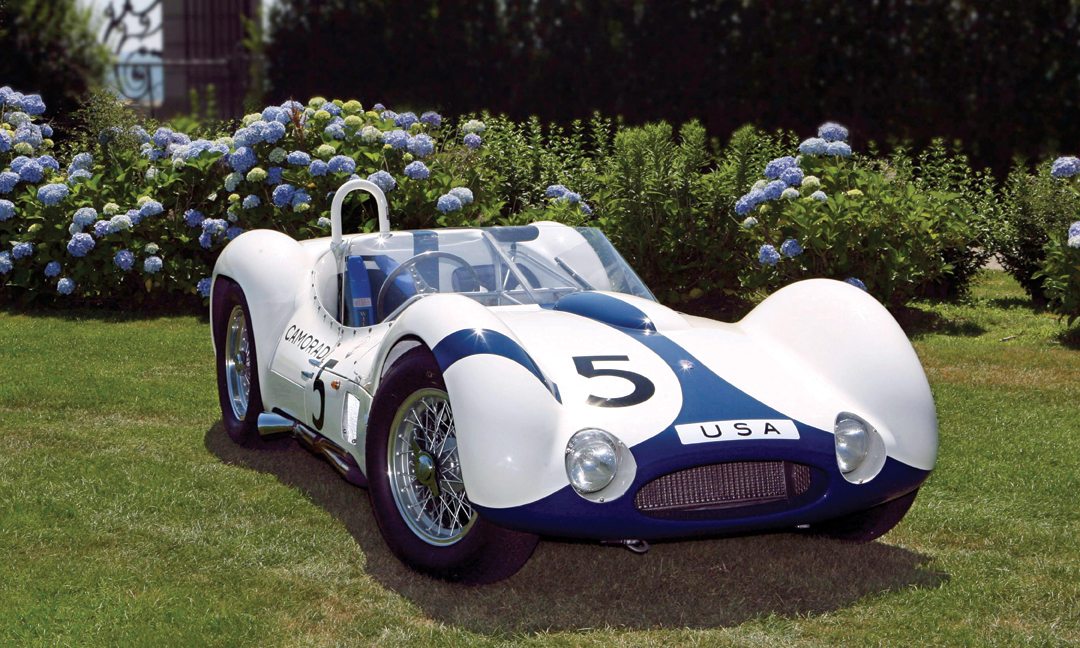Some of the greatest racecars, in my opinion, would have to be the Mercedes and Auto Unions of the 1930s. The technology of the cars, and the technical abilities of the drivers, was really extraordinary. I think the professionalism displayed and portrayed by those two companies took motor racing to another level, and the cars reflected that too. If one looks at the postwar era of motor racing, some 20 years later when Ferrari and Maserati were having their successes, they were good, too. However, in my opinion, they were not as technically sophisticated as the exacting standards set by Mercedes and Auto Union. Auto Union is particularly interesting because what they were achieving on engine power put them on a par with modern Grand Prix cars, certainly those of the turbo era. The later D-type Auto Union was the car that has always attracted me, although one has to be quite expert, to differentiate between the various types, certainly more than me. I would describe the early Mercedes W125 as a good example of a true vintage racing car; there is something curiously fascinating that there are so few. That rarity has kept them out of the hands of, and undriven by, the amateur driver which, in turn, affords the cars a certain mystical value to this day.
Most of the cars I now own are all definitive, in their own particular way. So, if I were to speak of those cars I have owned or have driven, my greatest racecar would have to be the Maserati, not, as some may assume, the 250F, but the tipo 60 “Birdcage.” Undoubtedly, the 250F is one of the greatest cars of all time. The fact that Fangio has been pictured many, many times in it has, in some ways, established it as the benchmark of a great racing car. The “Birdcage” though is such a delight to drive and is curiously, beautifully, well balanced. Maserati almost produced this car (I was going to use the words “by mistake,” but that’s not really what I mean.) I think it was, however, their last gasp attempt to fight back against all the monocoque cars being developed at that time. It is an amazing piece of last-minute engineering, which they got so right. Built only a few years apart from the 250F, it took motor racing engineering to another level, as I first spoke of the Mercedes and Auto Unions. The intricate, unconventional construction of chassis with multiple small-diameter tubes gave the car its most striking feature. There is a lot to be said about owning cars that are, at the end of a run, like the 250F; there is something, too, of owning a car that was, in its day, ground-breaking, which I consider the Birdcage to be, and it was also very successful. On its debut, at Rouen in 1959, Stirling Moss drove the car for a gruelling 186 miles and won the Coupe Delaware Debouteville by some 43 seconds.
No Subscription? You’re missing out
Get immediate ad-free access to all our premium content.
Get Started



